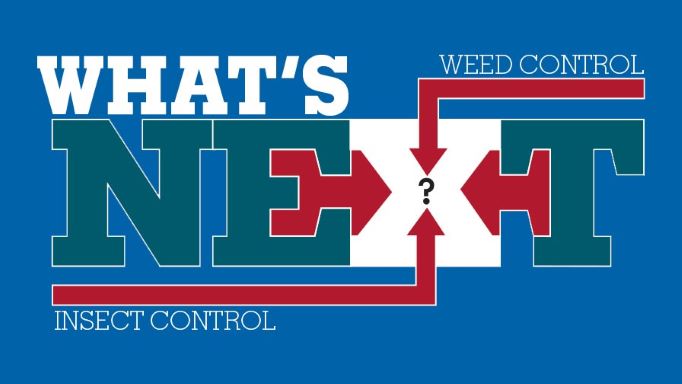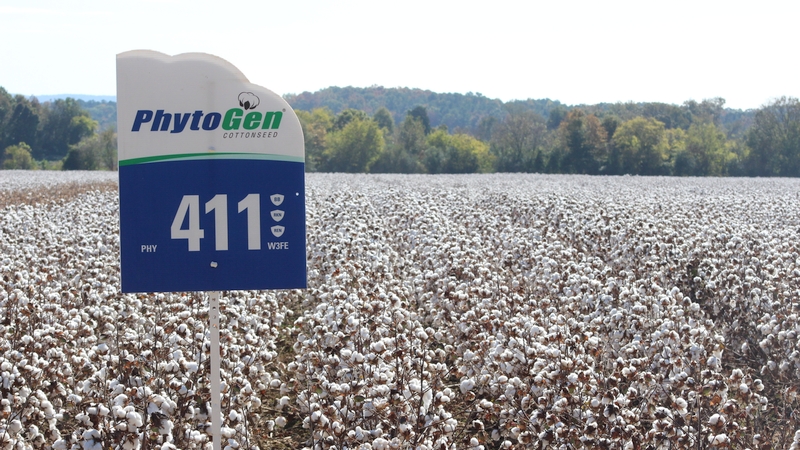Inside Cotton’s Pipeline: What’s Coming from BASF
Welcome to a multi-part look into cotton’s pipeline, providing a glimpse into some of the new technologies, products, and innovations that companies hope to bring to market over the next several years. Some are close to introduction than others. But they all represent a significant level of R&D investment by the major companies serving cotton. First up: BASF.
Cory Mills and Dan Westberg can’t hide their excitement and anticipation about BASF’s new GLIXTP herbicide trait now in field studies with a target launch of 2023.
“This new technology contains four herbicide traits and will be resistant to glyphosate, dicamba, glufosinate, and the HPPD inhibitor, Alite 27,” explained Mills, BASF Commercial Cotton Breeding Lead. “It adds another site of action for Palmer amaranth resistance and gives growers more flexibility on what chemistry to use. Combined with our 3-gene TwinLink Plus insect technology, that gives us seven traits in these new varieties.
To date, trait introgression has been completed, and Mills and the breeding staff are extensively testing multiple varieties under a Directed Use Permit (DUP) across the Cotton Belt, looking for “the right fit” for Texas, the Mid-South and Southeast. In addition to the GLIXTP trait, Mills noted that all of these new varieties will also include native traits for bacterial blight, reniform and root knot nematode resistance, plus bronze wilt resistance for the Southeast.
“We’re still waiting on a few regulatory approvals, but we’re very excited about this new material,” said Mills. “We’re creating a product that will give growers more options and flexibility – and hopefully make them more profitable.”
Hand-in hand with the GLIXTP trait, BASF is planning to register Alite 27 Herbicide for use on isoxaflutole-resistant cotton – which would then be the first and only HPPD inhibitor herbicide registered for cotton – with launch also anticipated for 2023, pending EPA registration.
“This is going to add a very useful tool with a different mode of action to help cotton growers round out their herbicide program, especially pre-emergence,” said Westberg, Diversified Regional Technical Service Manager for BASF. “It’s a residual herbicide primarily for use pre-emerge but with the flexibility to also be used early post. It’s good on Palmer amaranth and also adds a lot of grass activity, which is critical now in some of our Southern geographies where growers are dealing with glyphosate resistant grasses.
Westberg also pointed out a unique characteristic of Alite 27 – its ability to recharge and reactivate with rainfall to control small, emerged weeds that may have escaped pre treatments in drier weather. “With most pre’s, if you don’t get activation and weeds come up, it’s pretty much a done deal,” he said. “Alite 27 will provide a little more opportunity early season. I think it’s really going to beef up BASF’s solutions to cotton growers across the Cotton Belt and be a game changer.”
Westberg also pointed out the recent introductions of Revytek, a three-way fungicide for use in cotton, and Sefina insecticide, a beneficial-friendly product for aphid control in cotton. And Prowl is also getting a fresh look from BASF researchers, potentially as part of a system to help augment pigweed and grass control in certain geographies.










